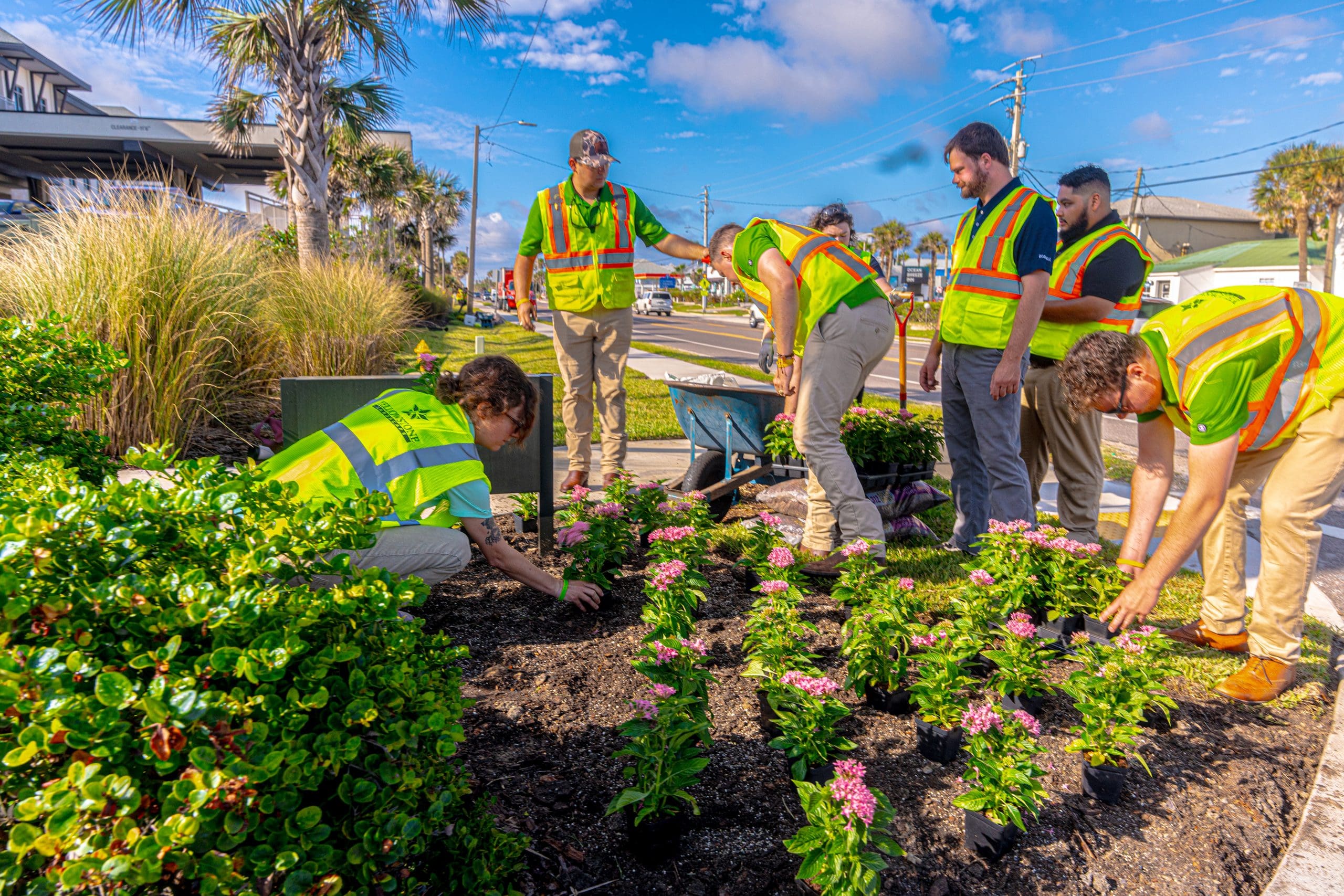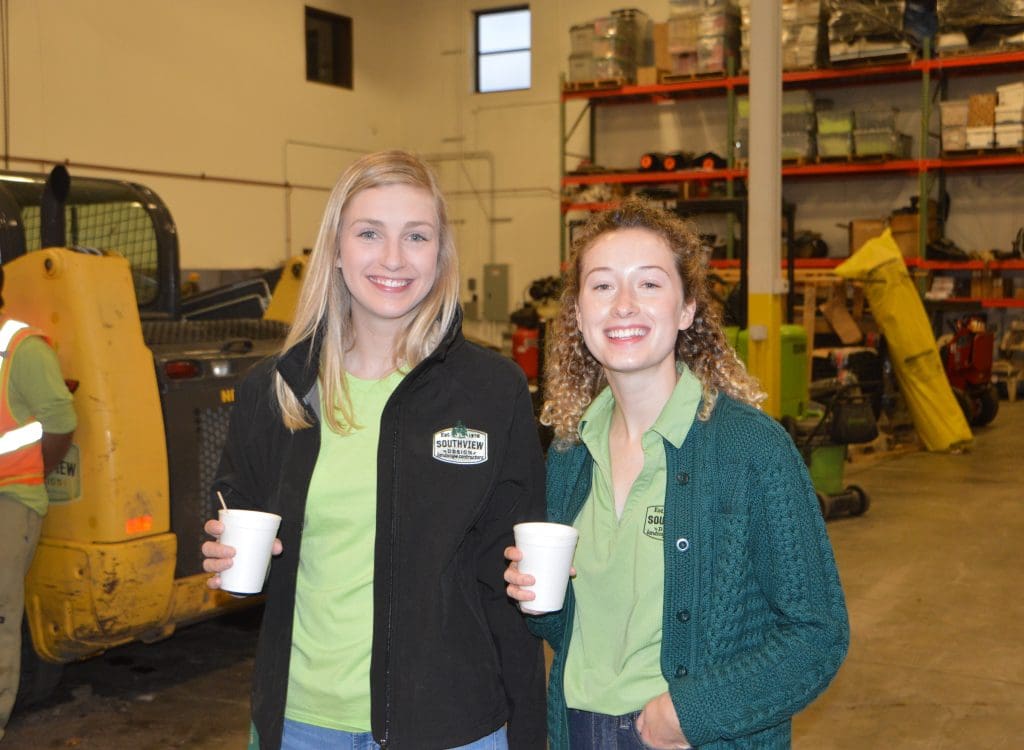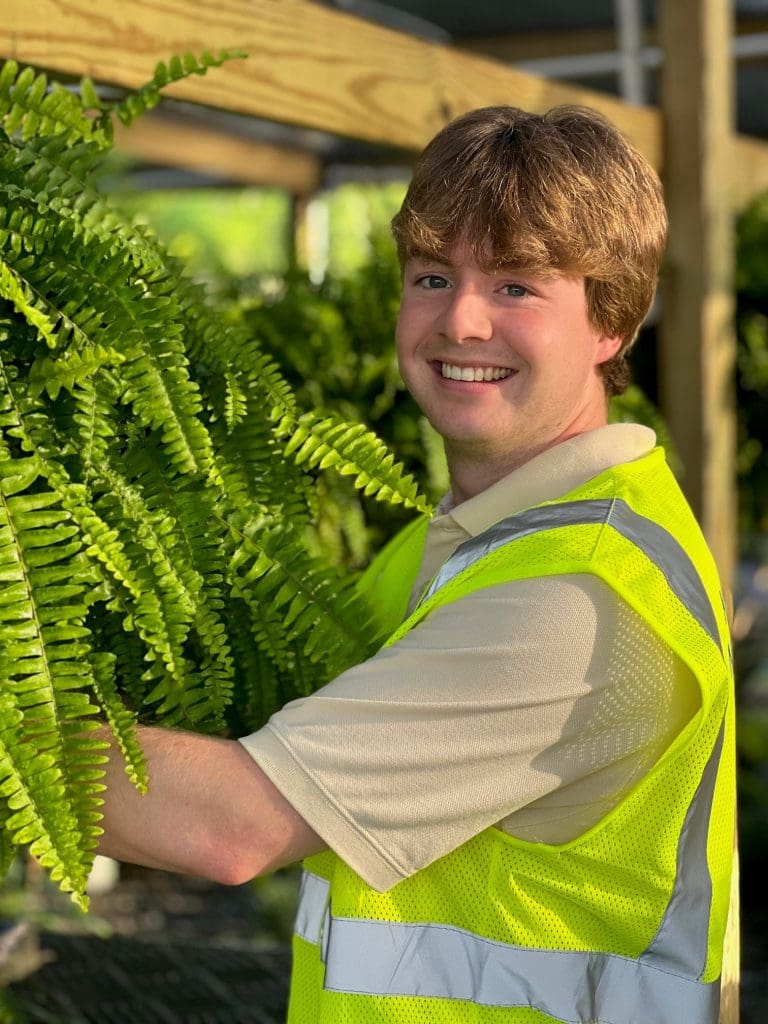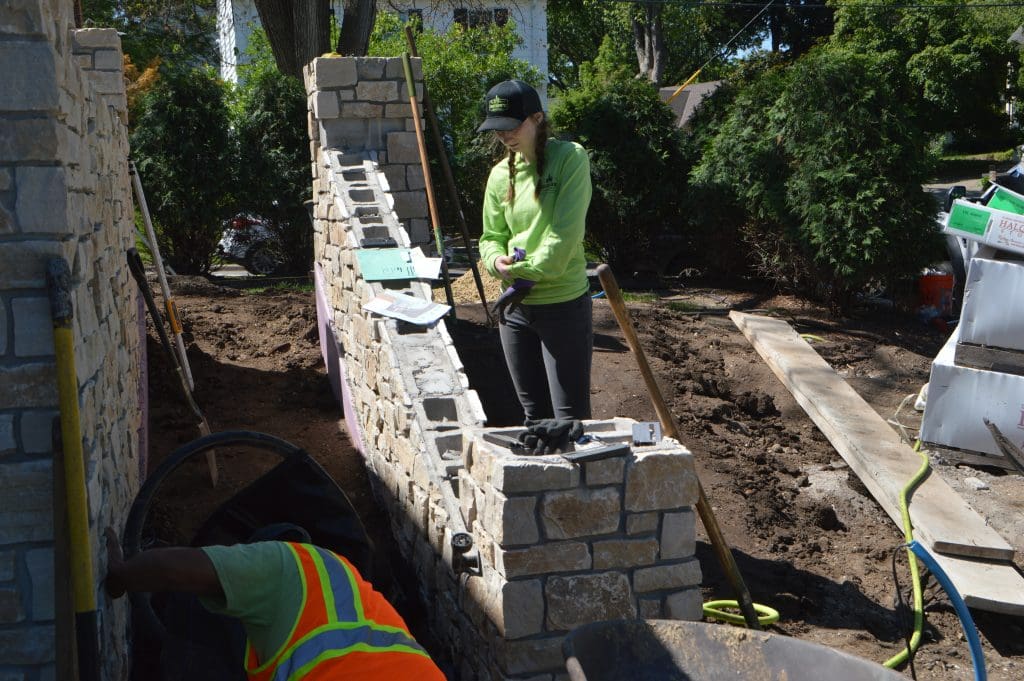
Nubia Guiterrez, director of human resources for Mullin, based in St. Rose, Louisiana, says they started their internship program over four years ago and utilized NALP’s internship program guide as the foundation for their platform.
“We knew that our industry has a lot of issues in finding people,” Guiterrez says. “So what better way to get out there and to get to know these people that might be interested than reaching out to students? Reaching out to these college or high school students early on was super important for us.”
Karen Filloon, director of marketing and business development for Southview Design, based in St. Paul, Minnesota, says they started their internship program in 2015 due to the labor issue as well.
“If you want to grow your company, you’re going to have to realize that you need to train these people,” Filloon says. “Whether or not they come back to Southview full time as an employee doesn’t make any difference. It’s that we’re training and opening up the field and making it visible to students as an option.”
Christina Checchi, talent acquisition manager for Yellowstone Landscape, based in Bunnell, Florida, says they have offered internships for almost 20 years, but their formal, national program dates back to 2011.
“It’s a successful experience for the student if you can help them learn and accomplish their individual goals,” Checchi says. “Identifying those goals early on is crucial.”
Major Misconceptions
Internships are not a source of cheap labor and they shouldn’t be used to keep a student on a mower all summer. Filloon says their interns have had this happen to them at other companies.

“Students accept internships so that they can learn; otherwise, they would accept a regular, more focused role,” Checchi says. “Seek to teach students not just about the company but help them develop skills that they can take with them to other industries if they choose to go elsewhere. Students appreciate growing not just on a professional level but on a personal level as well.”
Guiterrez says internship programs are often seen as a lot of work and acknowledges that landscape companies are constantly busy, but this should not be used as an excuse for not having an internship program.
“Have different mentors that will be able to help these students out through the whole process and do a couple of check-ins,” Guiterrez says. “I think if you split it up and make it a bit easier on yourself it’s not difficult.”
Having a point person for the internship program and buy-in from the leadership team will also help with the success of your internship program.
“It’s very hard to get programs off the ground when you’re doing it all by yourself,” Guiterrez says. “Having a good team to back you up and help you push through this process is important.”
What Makes a Program Successful
The main way these companies determine if their program is successful is based on the feedback they receive from their interns. They seek feedback during the internship from the interns and their mentors and at exit surveys.
At the end of Mullin’s internships, they ask their interns what they liked and what they’d like to change. Guiterrez says that based on this feedback, they may tweak their program. Mullin’s interns also have to do a presentation on what they learned and sell them on some aspect that would help improve the business.

“They have to sell this to us and basically say why it is important for us to implement this certain process or product and why it will make us more efficient,” Guiterrez says. “It makes them understand more of the business aspect of things as well. It puts them in real-life scenarios, which is more important than just being in a classroom all the time.”
She says they have implemented past suggestions from interns and will let them know certain areas to keep an eye out for suggestions during their internship as well.
“They have definitely made an impact on us for sure as an organization,” Nubia says. “It’s nice for them as well because they take ownership too. They can say, ‘In my internship at Mullin, I suggested something really great and they’ve implemented it and they use it now. I feel like I’m a part of their team.’”
How many interns you can convert to full-time employees will vary greatly. At Yellowstone Landscape, Checchi says they bring on their interns often but other times students realize the landscape industry isn’t for them. She says this is okay, as internships are all about exploration.
About 25% of Southview’s interns transition into full-time employees. Filloon says they don’t expect all of their interns to stay on.
“There are a lot of reasons that it has absolutely nothing to do with us and more to do with them and what they want to do with their career,” Filloon says.
At Mullin, almost all of their interns convert to full-time employees. Guiterrez says there have been a few instances where a student has to finish another semester before they can join the company.
Keys to Success
One of the major elements of a successful internship is having interns rotate through the different departments. Checchi says they rotate their interns through both operational and managerial experiences.
“For the first 7 weeks, the intern moves through each department – design, installation, maintenance, irrigation, spend time on a design/build crew, spend time with maintenance crews, shadowing project managers, shadowing landscape care reps, shadowing a landscape designer or architect, spending time with accounting, marketing, snow operations, and the safety director,” Filloon says. “The 8th week is his/her choice. Where do they want to go back and learn more? At the end of 8 weeks, we conduct the exit interview.”

Filloon says during their exit interview with their interns, they always share how surprised they were to learn about how all the different departments work together.
After rotating through all the departments, Mullin’s interns go on a field trip and visit a jobsite that is completed, a jobsite that is in progress and a jobsite they’re about to get started on.
“We want you to understand and learn how the work is done,” Guiterrez says. “After that, we want you to also be a part of the sales part of it. You’re going to be selling this stuff to clients. After that, you can sit down with our design team and figure out the design process, but by then, you’ve already sat through the superintendents and the project managers, so you already know the ins and outs of it. So when you’re actually sitting down designing everything, you’re understanding these different troubleshooting aspects.”
Guiterrez says that their interns appreciate this aspect of the program as they are able to gain a better understanding of the landscape process versus just designing at a desk the entire time.
Having interns cycle through all the different roles in your company can also help them identify which parts they aren’t interested in. Guiterrez says they’ve had some students realize a division they thought they wanted to go into isn’t what they’re passionate about.
Assigning dedicated mentors to the interns also helps set them up for success. Filloon says she works with the students to find out what their area of focus is and tailors the program to them.
“Interns crave communication and feedback,” Filloon says. “To have a successful program means dedicating time and resources to give that to them.”

Filloon adds that you need to treat your interns like your best client. There needs to be trust and respect.
You can generate this by helping your interns feel comfortable and welcome on their first day.
“Before they start, interns meet with their mentor in person or through a video call,” Checchi says. “We also send a welcome box to their home. On their first day, they are introduced to the rest of the team, and they are taken to lunch. Early on in the program, we sponsor a three-day welcome event where students get to know each other and share their objectives for the program. We do a community project and also manage to have a little fun!”
Guiterrez says if they have a company or team building event, they invite their interns and don’t treat them differently than the rest of their team members.
At the end of Mullin’s internships, they will throw a party for their interns and gift them something useful. For instance, they may give a student studying landscape architecture a nice set of colored pencils.
Don’t be afraid to change up your internship programs and adopt new aspects to improve the intern experience. Guiterrez says as your organization grows, it’s important to allow your program to evolve to provide the most opportunities to your interns.
“It might not be immediately, but I promise you it will be a return on investment for you,” Guiterrez says. “Besides being just a marketing or a brand thing, it’s important because you’re getting fresh, new ideas. You’re figuring out the world is changing, and you want these new students coming in and showing you how to make your organization better.”
This article was published in the January/February issue of the magazine. To read more stories from The Edge magazine, click here to subscribe to the digital edition.



